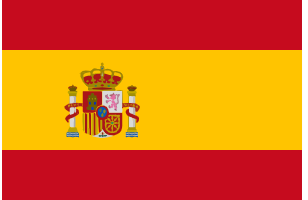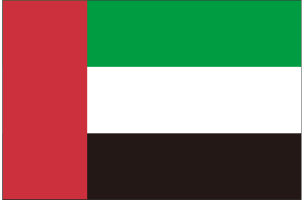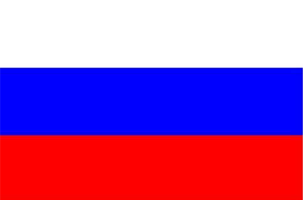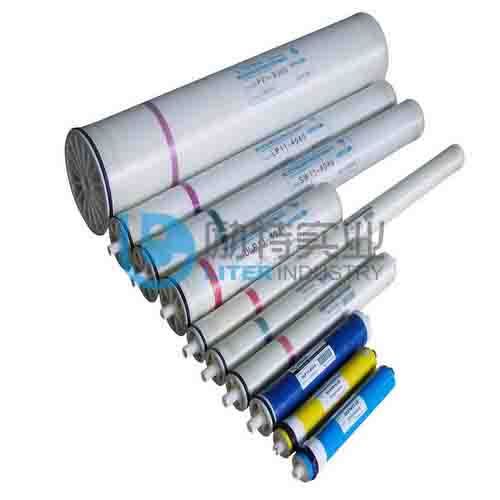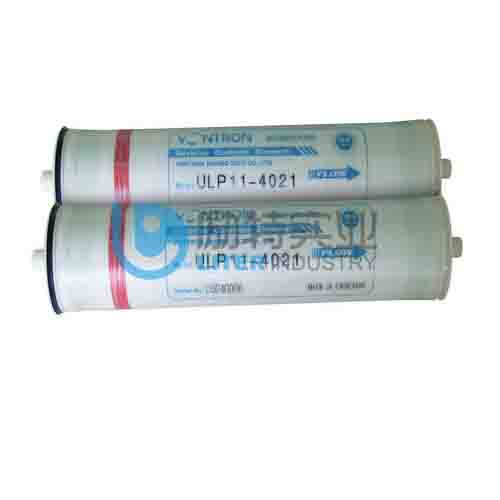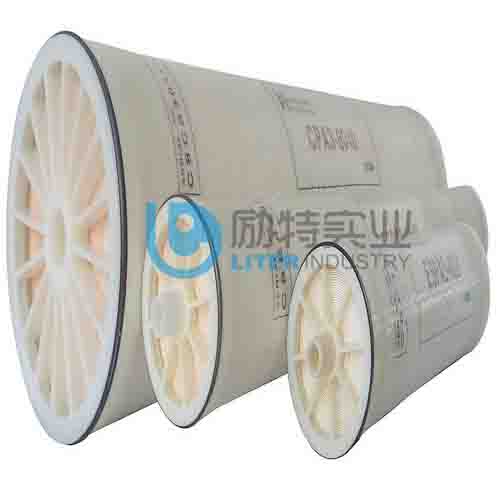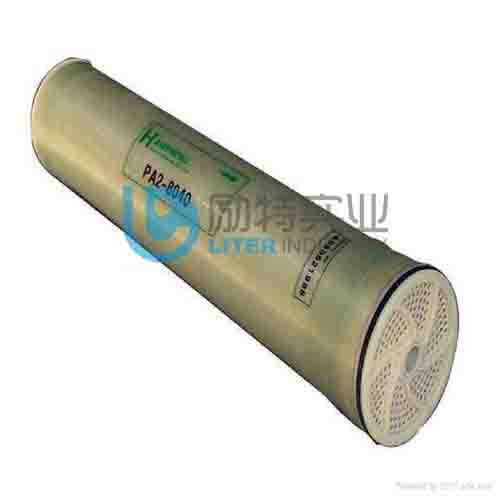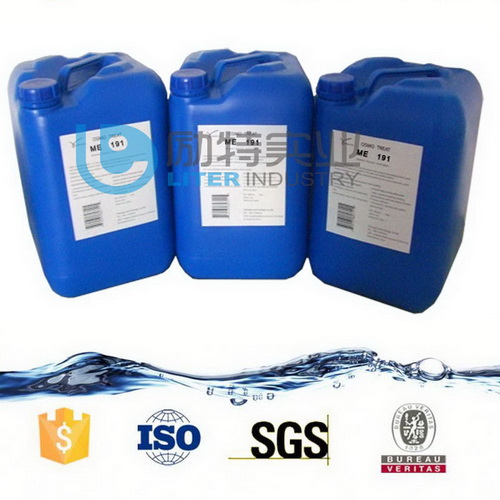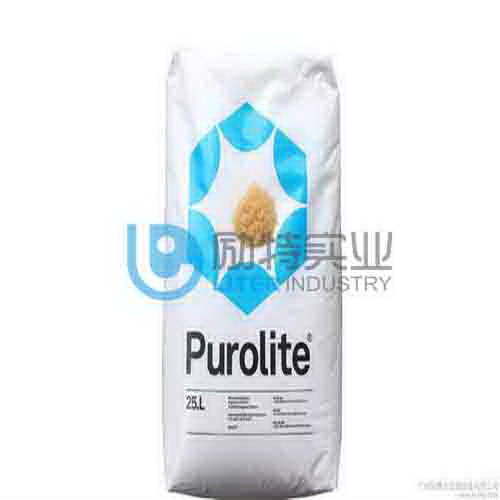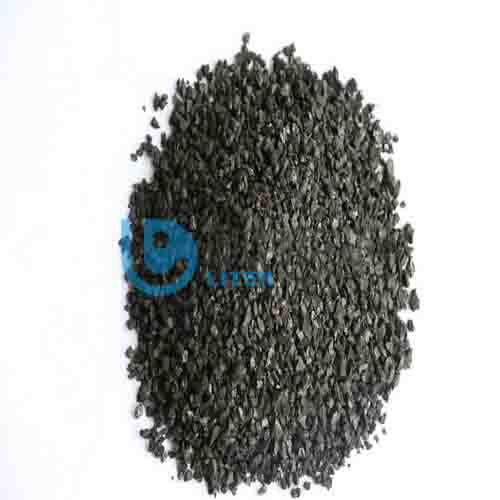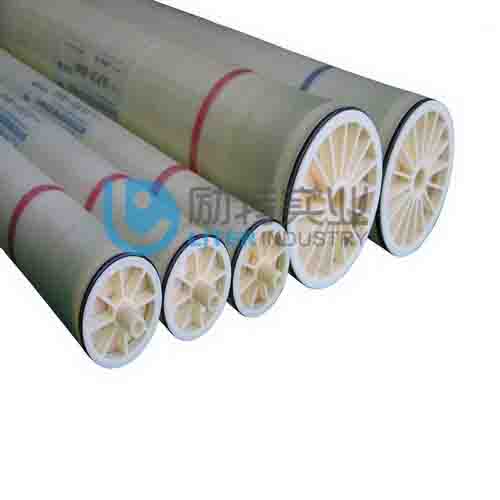- The product description
- The main function
- The basic parameters
The main uses of reverse osmosis membranes include but are not limited to:
1. Pharmaceutical industry: process water, water for diuresis, washing water, water for injection, infusion, injections, tablets, biochemical products, sterile water equipment;
2. Chemical industry: production water, wastewater treatment;
3. Electronics industry: ultra-pure water for semiconductor industry, water for cleaning of integrated circuits, water for formulations, metallurgy, copper industry, optics, integrated circuits, silicon wafers, display tubes and other electronic components flushing, etc., boiler feed water for electric power and thermal power industries;
4. Food industry: formula water, production water, purified drinking water, beverage, beer, liquor, etc. water, sea water, bitter water desalination, etc.;
5. Power industry: boiler make-up water, cooling water, deoxygenated water, demineralized water, boiler water softening, etc.;
6. Beverage industry: formula water, production water, washing water;
7. Drinking water engineering: ultra-pure water preparation, drinking water purification;
8. Petrochemical industry: advanced treatment of oilfield injection water, circulating water, petrochemical wastewater, and sewage;
9. Seawater desalination: water for production and domestic use in island areas, coastal water-deficient areas, ships, seawater oil fields, etc.;
10. Environmental protection field: the recovery of precious metals and water in electroplating rinsing water to achieve zero or micro-emission.
Reverse osmosis membranes are mainly used for water filtration in water treatment. The reverse osmosis RO membrane is the most accurate membrane element in all membrane filtration systems, with extremely small pores, which can remove particles as small as 0.1nm. RO has existed since the 1950s and is mainly used for seawater desalination, like sea water or drinking water from brackish water sources. Other applications of RO include filtering process water for industrial applications, such as in the printing industry, in order to maintain optimal equipment performance. RO membrane is very effective in removing all ions, regardless of size.
1. Desalination rate and salt permeability Salt permeability = product water concentration / influent concentration × 100% desalination rate = (1-product water salt content / influent salt content) × 100% salt permeability = 100% -Desalination rate The desalination rate of the reverse osmosis membrane is determined when it is manufactured and formed. The desalination rate depends on the density of the ultra-thin desalination layer on the surface of the membrane element. The denser the desalination layer, the higher the desalination rate and the lower the water production. The desalination rate of different substances by reverse osmosis is mainly determined by the structure and molecular weight of the substance. The desalination rate of high-valent ions and complex monovalent ions can exceed 99%, and the desalination rate of monovalent ions such as sodium ions, potassium ions, and chloride ions is slightly lower. , But it also exceeds 98%; the removal rate of organics with a molecular weight greater than 100 can also exceed 98%, but the removal rate of organics with a molecular weight of less than 100 is low. 2. Water production Volume of water production-refers to the water production capacity of the reverse osmosis system, that is, the amount of water permeating the membrane per unit time, usually expressed in tons/hour or gallons/day. Permeation flow rate-is also an important indicator of the water production of reverse osmosis membrane elements. Refers to the flow rate of permeate per unit membrane area, usually expressed in gallons per square foot per day (GFD). Too high a permeate flow rate will cause the water velocity perpendicular to the membrane surface to increase, and aggravate membrane fouling. 3. Recovery rate Recovery rate-refers to the percentage of feed water converted into product water or permeate in the membrane system. Depends on the pretreatment influent water quality and water requirements. The recovery rate of the membrane system has been determined at the time of design, the recovery rate = (product water flow / influent flow) × 100% reverse osmosis (nanofiltration) membrane module recovery rate, salt permeability, desalination rate calculation formula is as follows. Recovery rate = water production volume/influent water volume × 100% salt permeability = production water concentration/influent water concentration × 100% desalination rate = (1-salt passing rate) × 100%





